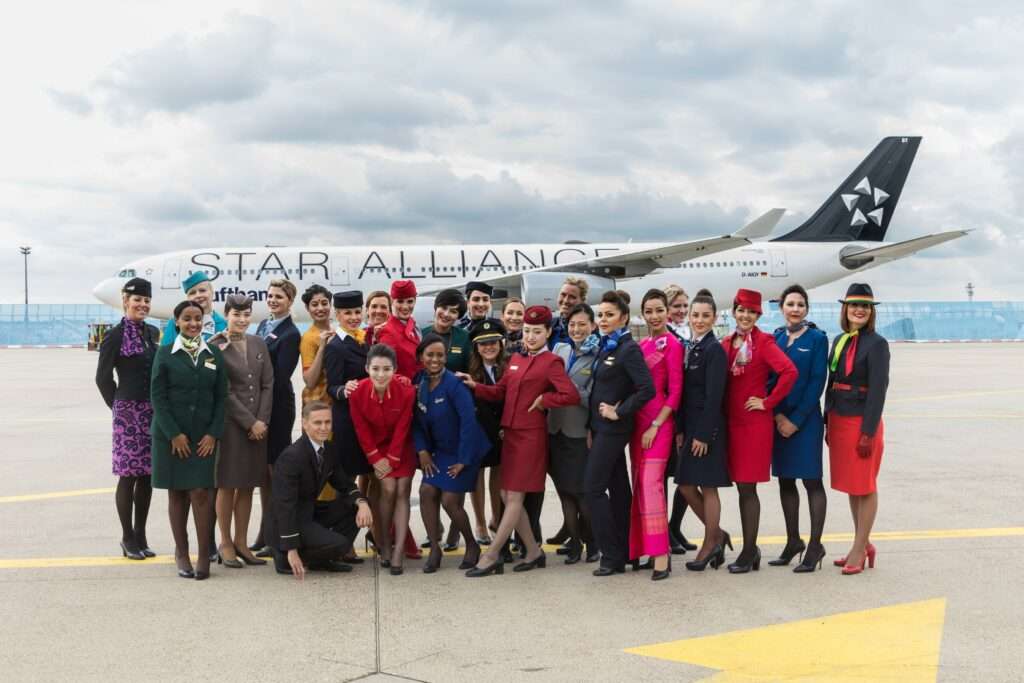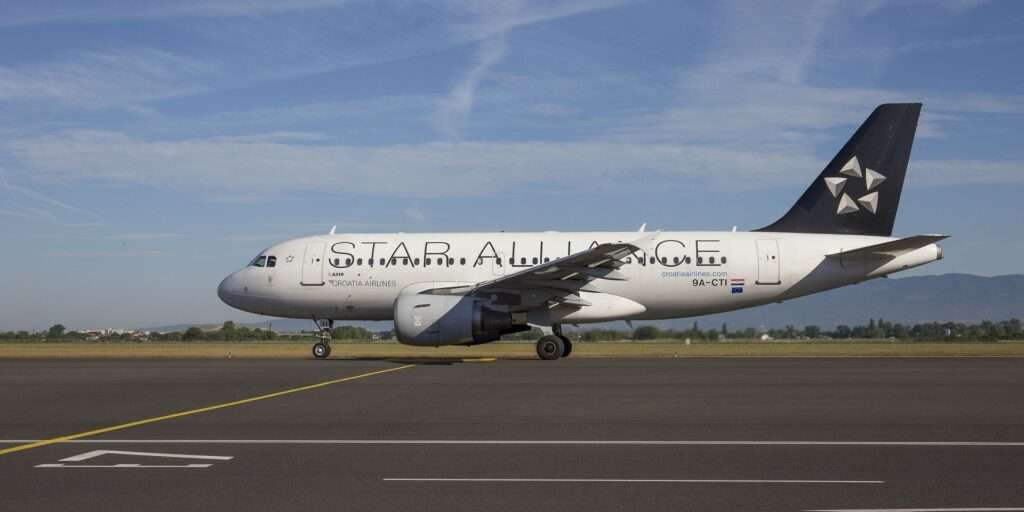Star Alliance, a name synonymous with global travel, boasts a rich history as the world’s first and largest airline alliance.
This article explores its journey, from its pioneering beginnings to its current position as a leader in international aviation.
A New Dawn: The Birth of Star Alliance (1997)

The year was 1997.
The airline industry was undergoing a period of significant change, with consolidation and a growing demand for seamless international travel.
It was in this climate that five leading airlines – Air Canada, Lufthansa, Scandinavian Airlines (SAS), Thai Airways International, and United Airlines – came together to forge a new path.
On May 14th, Star Alliance was born, marking a significant milestone in the industry.
This pioneering alliance offered a revolutionary concept:
A global network where passengers could experience a unified travel experience across multiple airlines.
Benefits included seamless connections, baggage transfers, and the ability to earn and redeem frequent flyer miles across all member carriers.
The now-iconic five-pointed star logo became a symbol of global reach, recognition, and a commitment to a smoother travel journey.
Early Expansion and Consolidation (1997-2000s)

Star Alliance wasted no time in expanding its footprint.
Just a few months after its launch, Brazilian airline Varig joined the alliance, solidifying its presence in South America.
The early 2000s saw a period of rapid growth.
The Austrian Airlines Group, comprising Austrian Airlines, Tyrolean Airways, and Lauda Air, joined in 2000, followed by the highly-regarded Singapore Airlines in 2001.
These additions not only strengthened Star Alliance’s network in Europe and Asia but also signaled its commitment to attracting premium carriers.
Challenges and Continued Growth (2000s-Present)

The airline industry is not without its challenges.
The early 2000s saw economic downturns and airline bankruptcies.
Star Alliance faced the unfortunate loss of members like Varig (2007) and Mexicana (2010). However, the alliance also demonstrated its resilience.
It continued to attract new members like South African Airways (2006) and Avianca (2012), solidifying its presence in Africa and Latin America.
Star Alliance has also adapted to the evolving needs of travelers.
The rise of low-cost carriers prompted the introduction of “Connecting Partner” airlines, offering a wider range of travel options.
The alliance has also embraced technological advancements, implementing online booking tools, mobile apps, and self-service kiosks to enhance the customer experience.
Looking Ahead: The Future of Star Alliance
Today, Star Alliance remains the world’s largest airline alliance by market share, boasting 26 member airlines covering 195 countries.
It continues to focus on innovation, exploring areas like biometrics and digital identity to streamline the travel process.
Sustainability is also a growing priority, with the alliance collaborating with members to reduce their environmental footprint.
As the aviation industry navigates a future shaped by factors like geopolitical tensions and technological disruptions, Star Alliance’s adaptability and focus on customer experience will be crucial.
Whether it’s seamless connections across continents or a commitment to environmental responsibility, the alliance looks poised to maintain its position as a leader in global travel for years to come.

Click the banner to subscribe to our weekly newsleter.

Click the photo to join our WhatsApp channel so then you can stay up to date with everything going on in the aviation industry!









